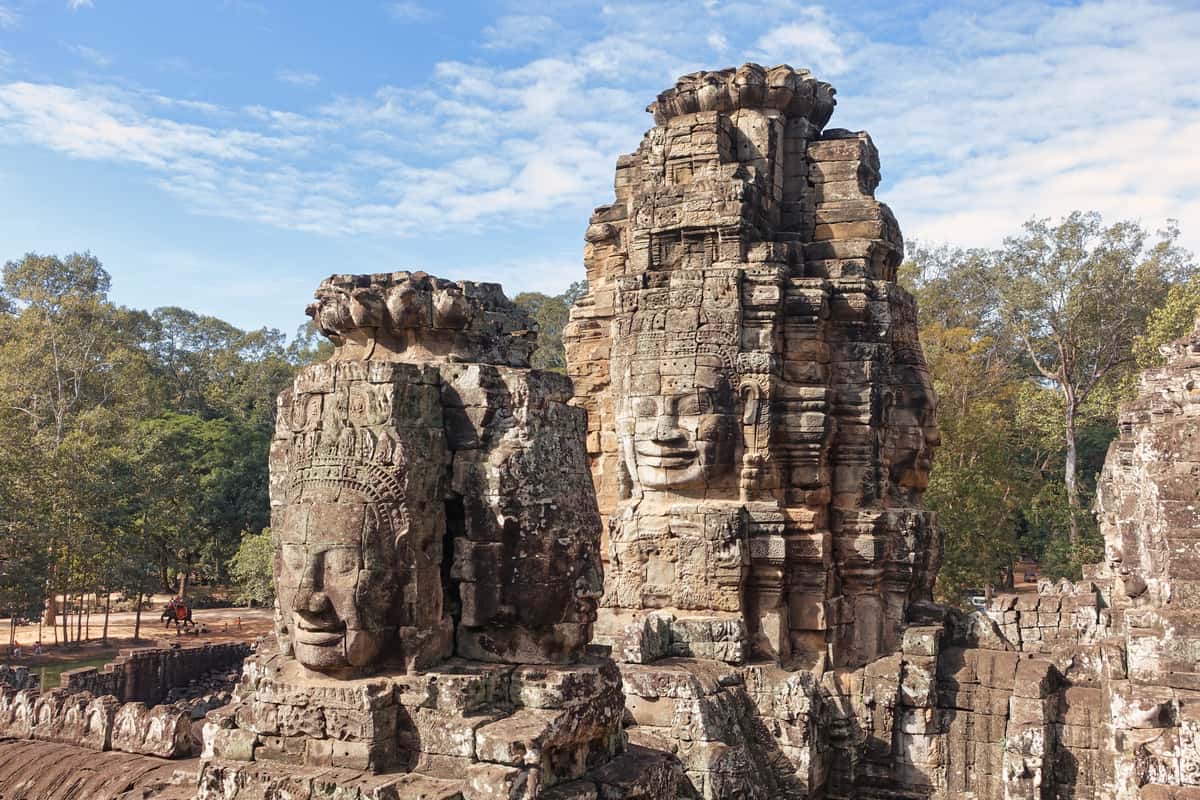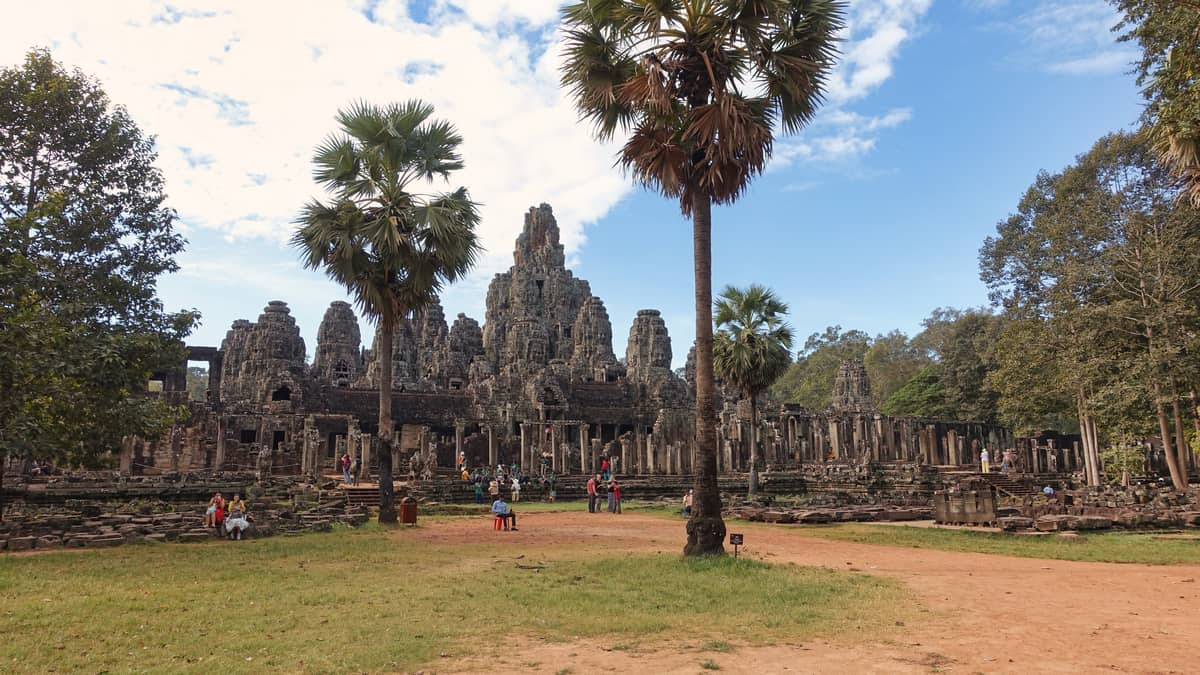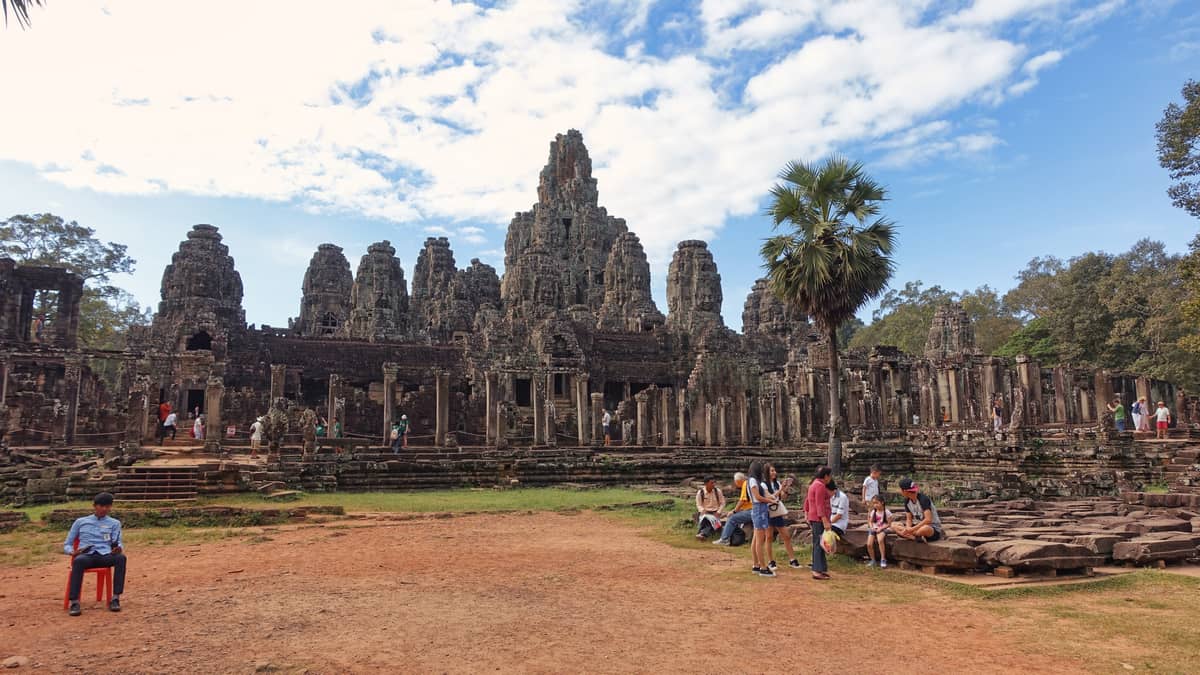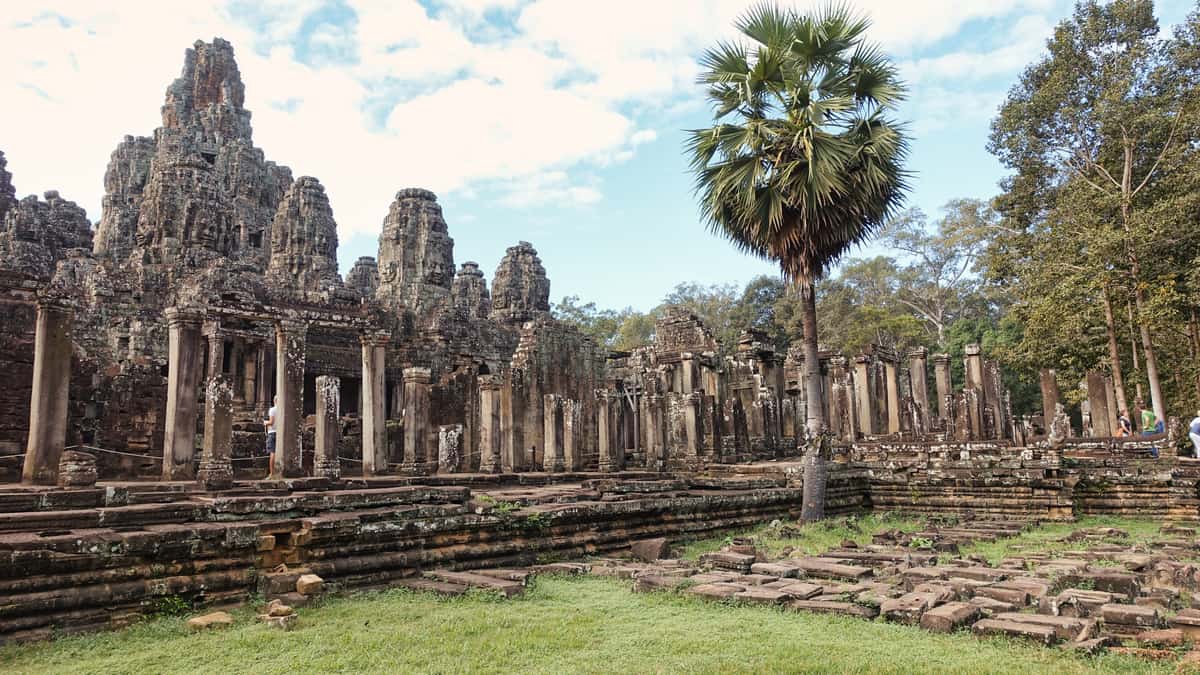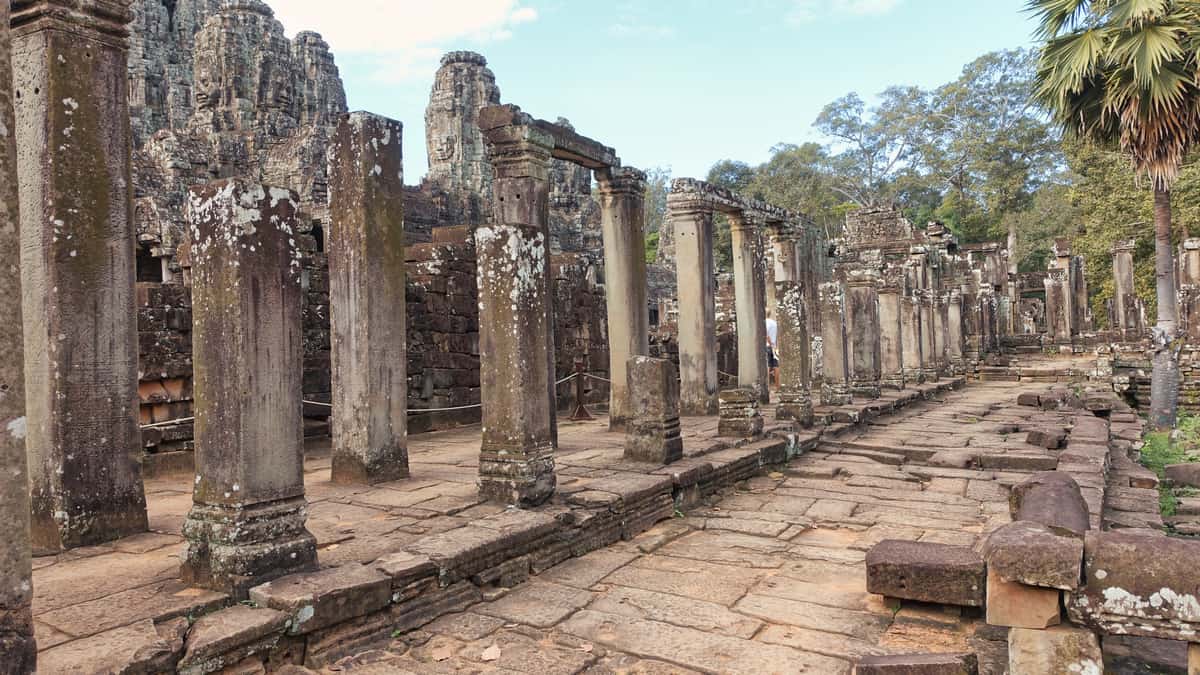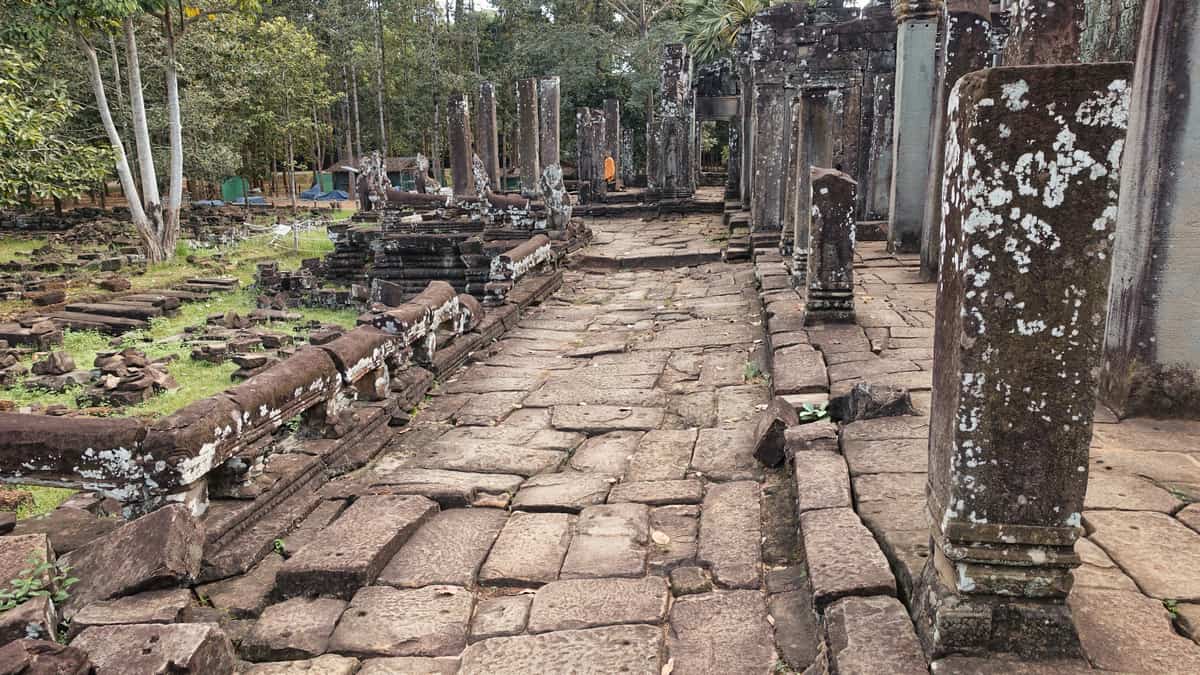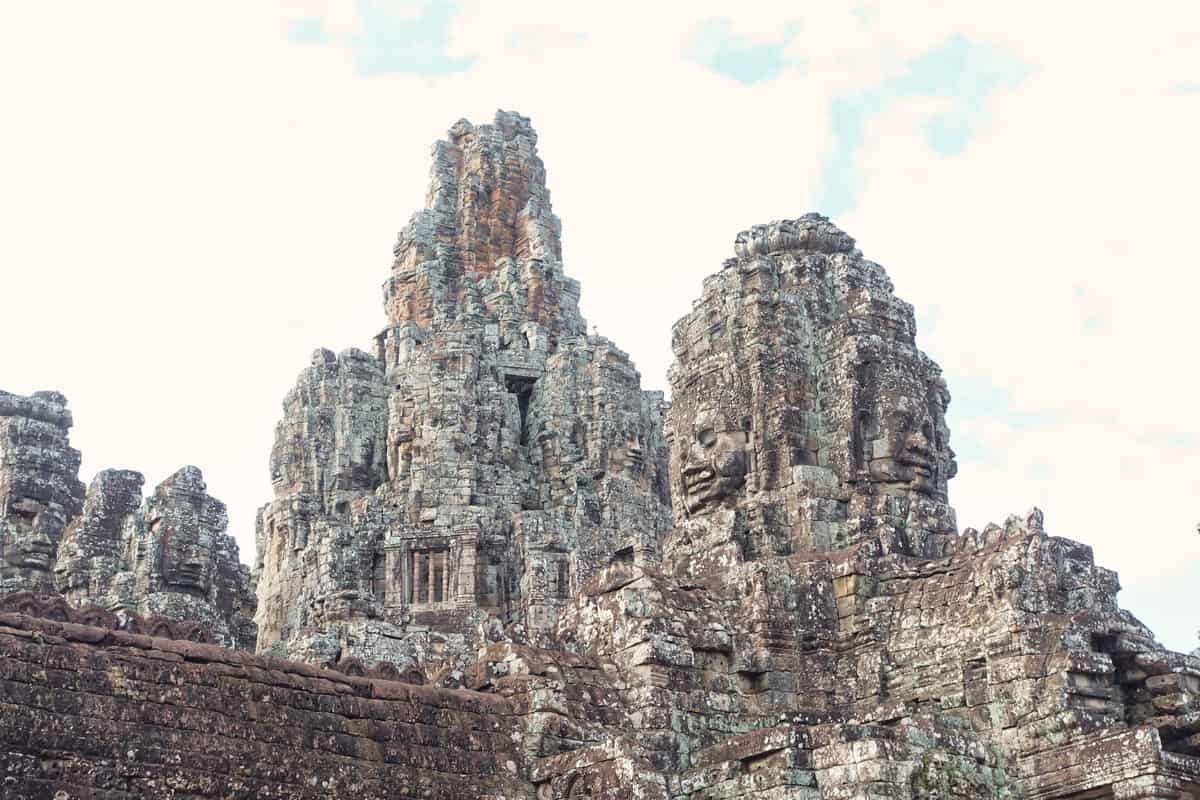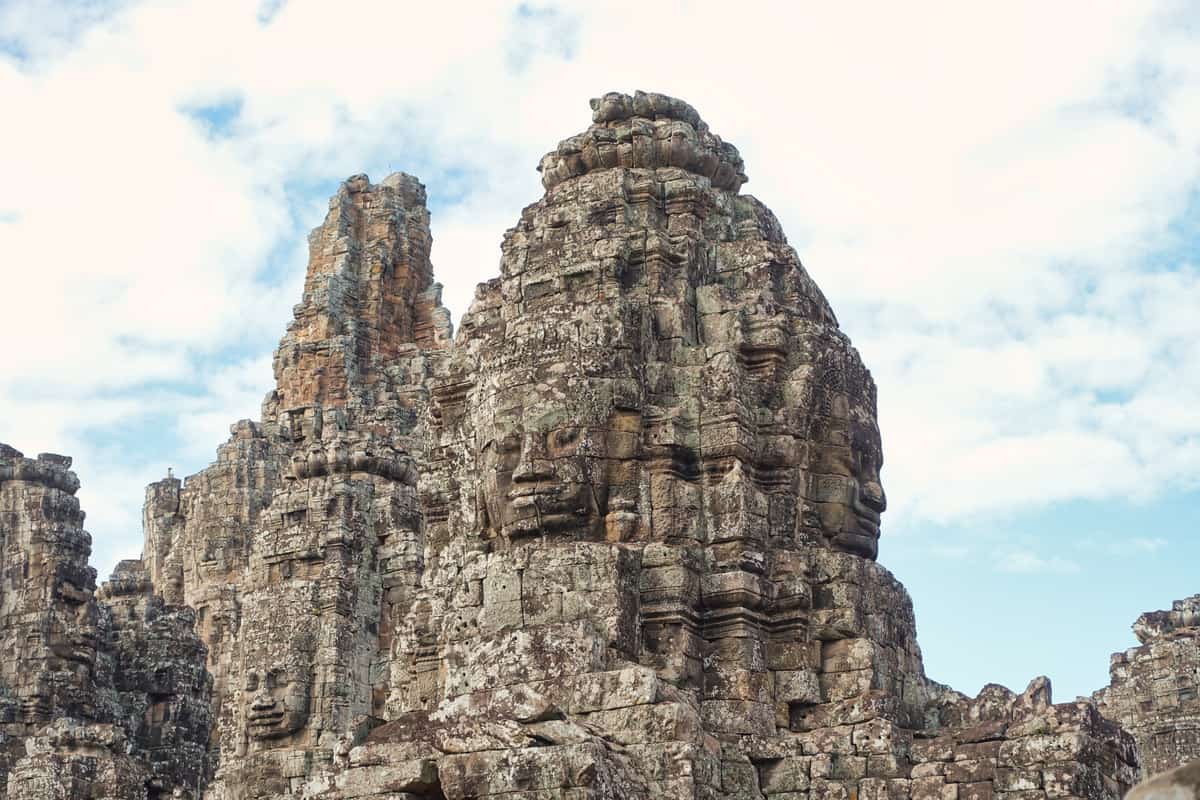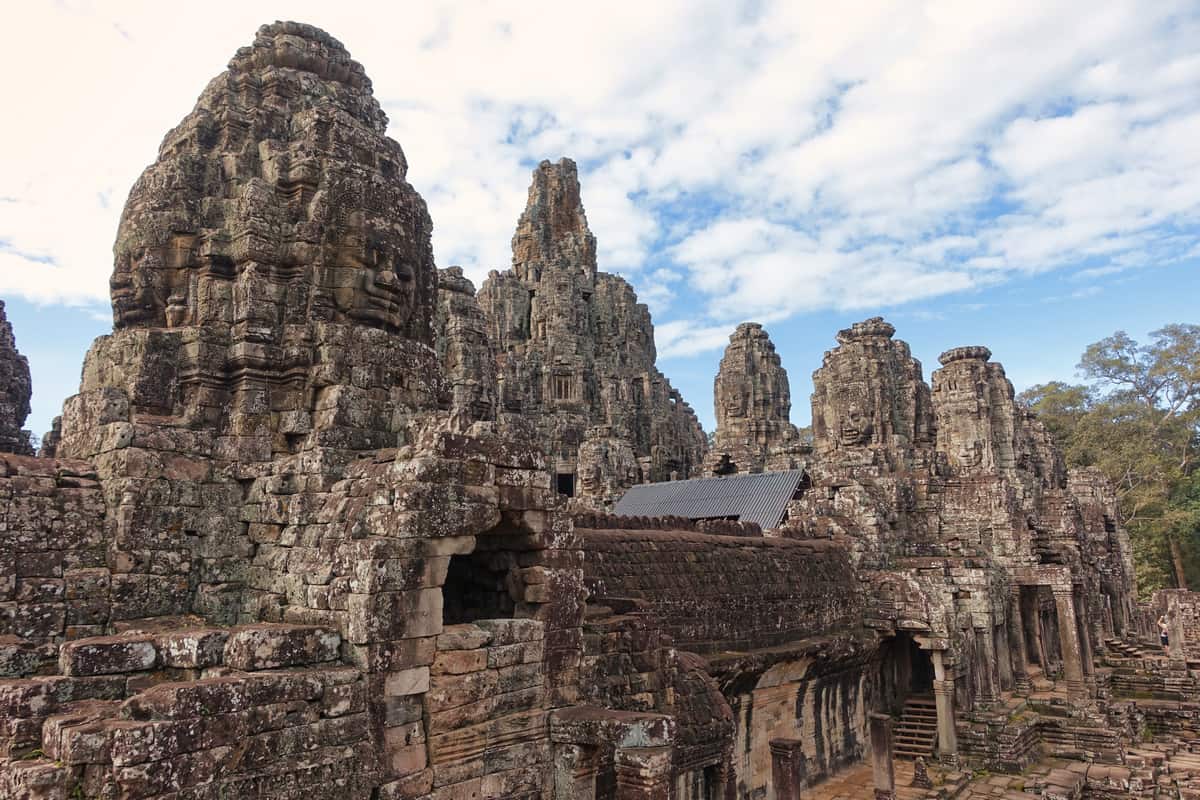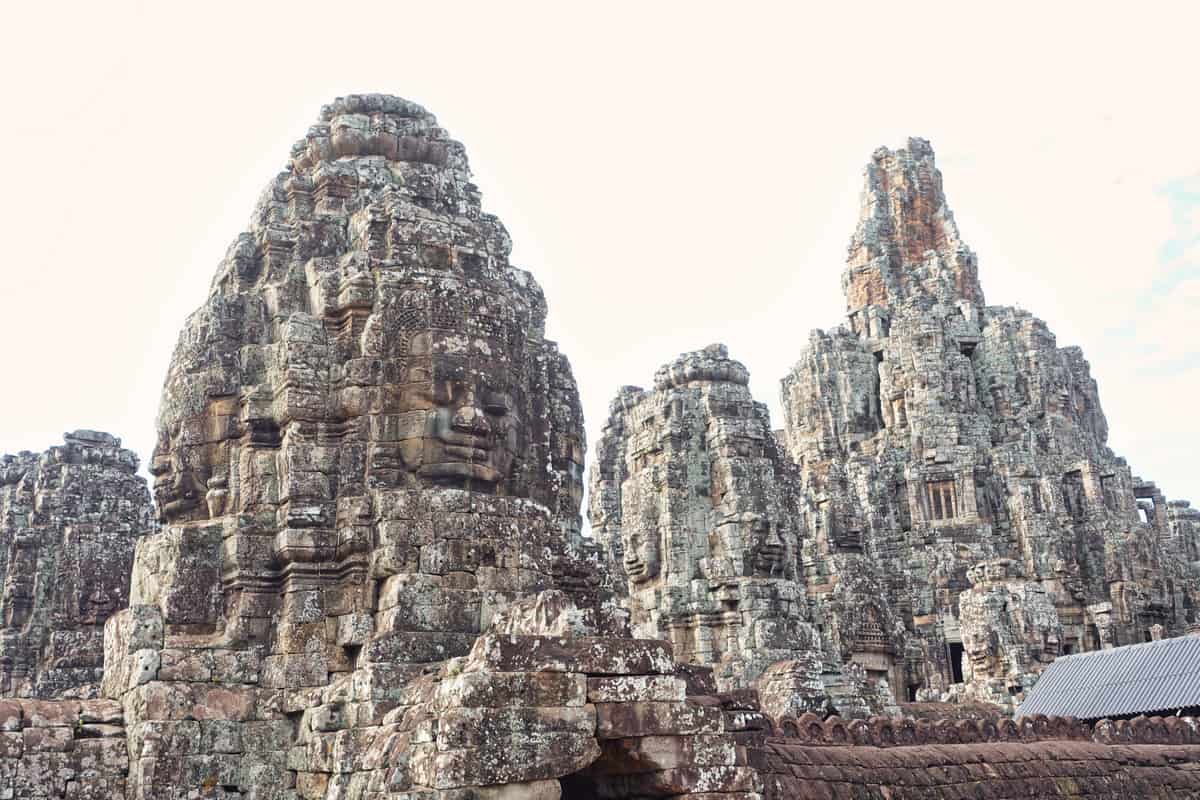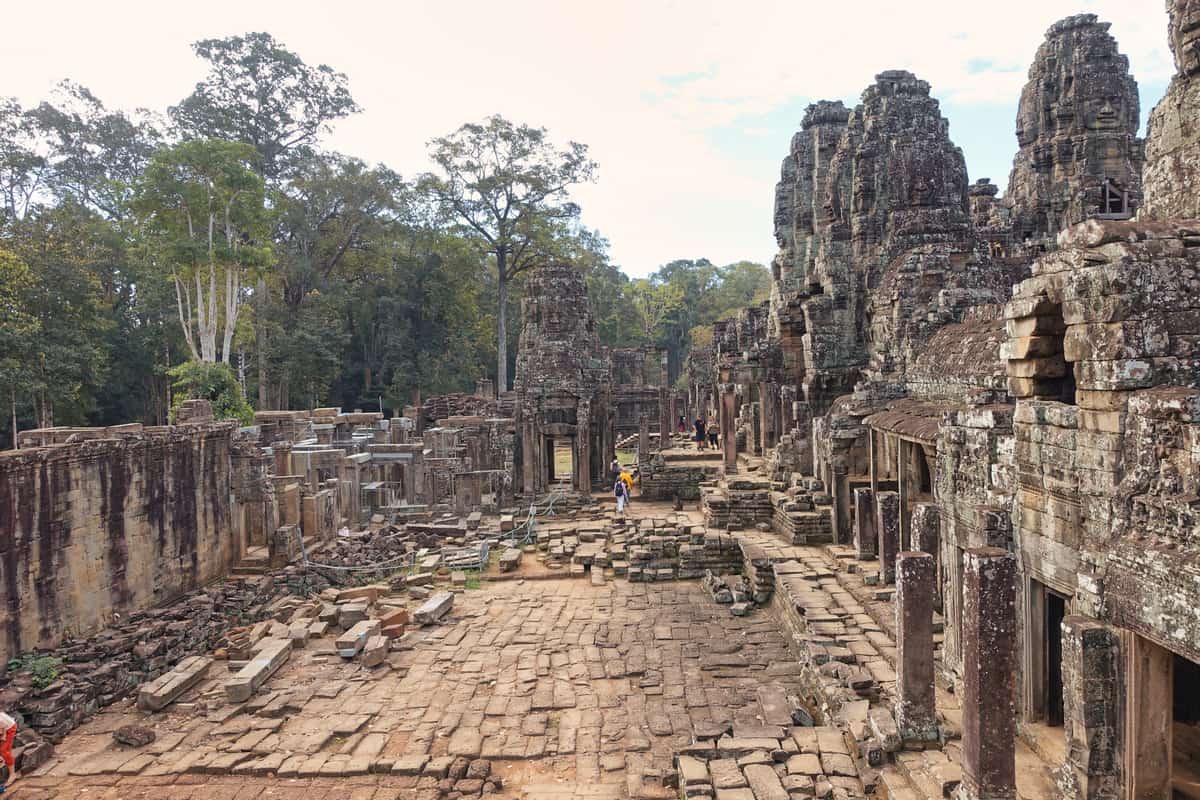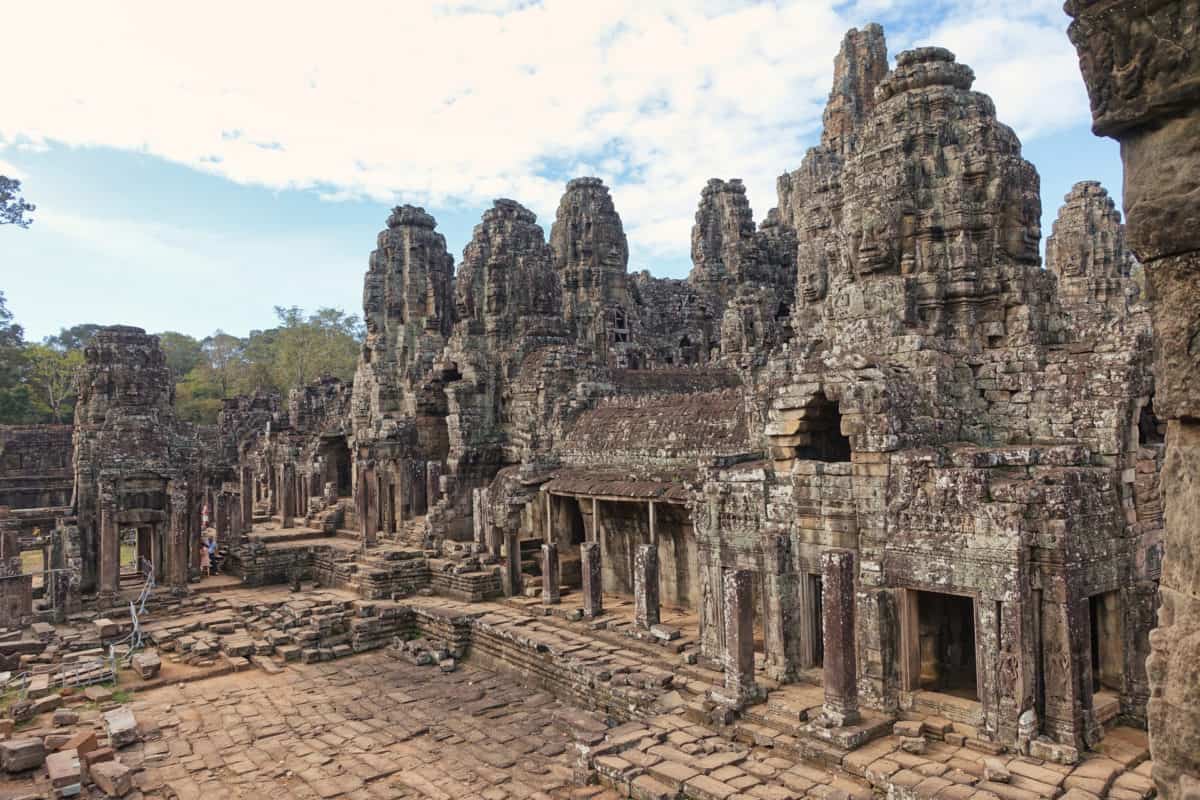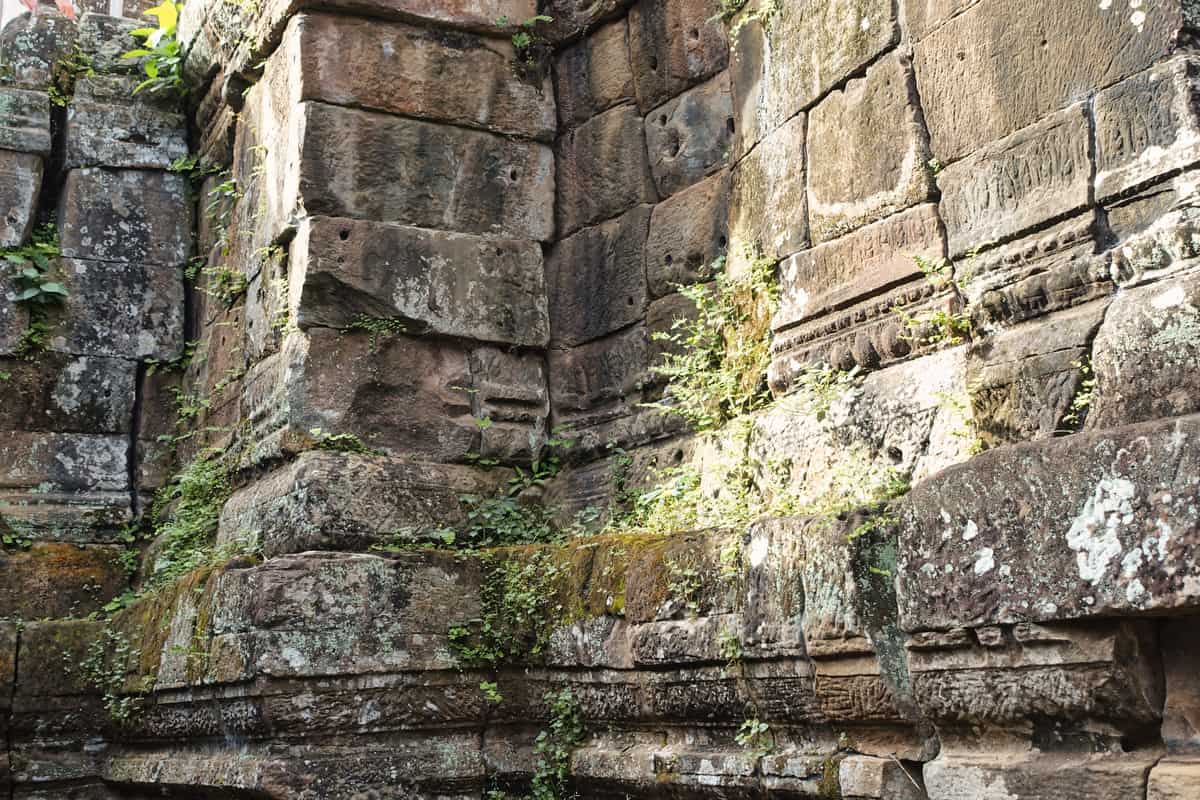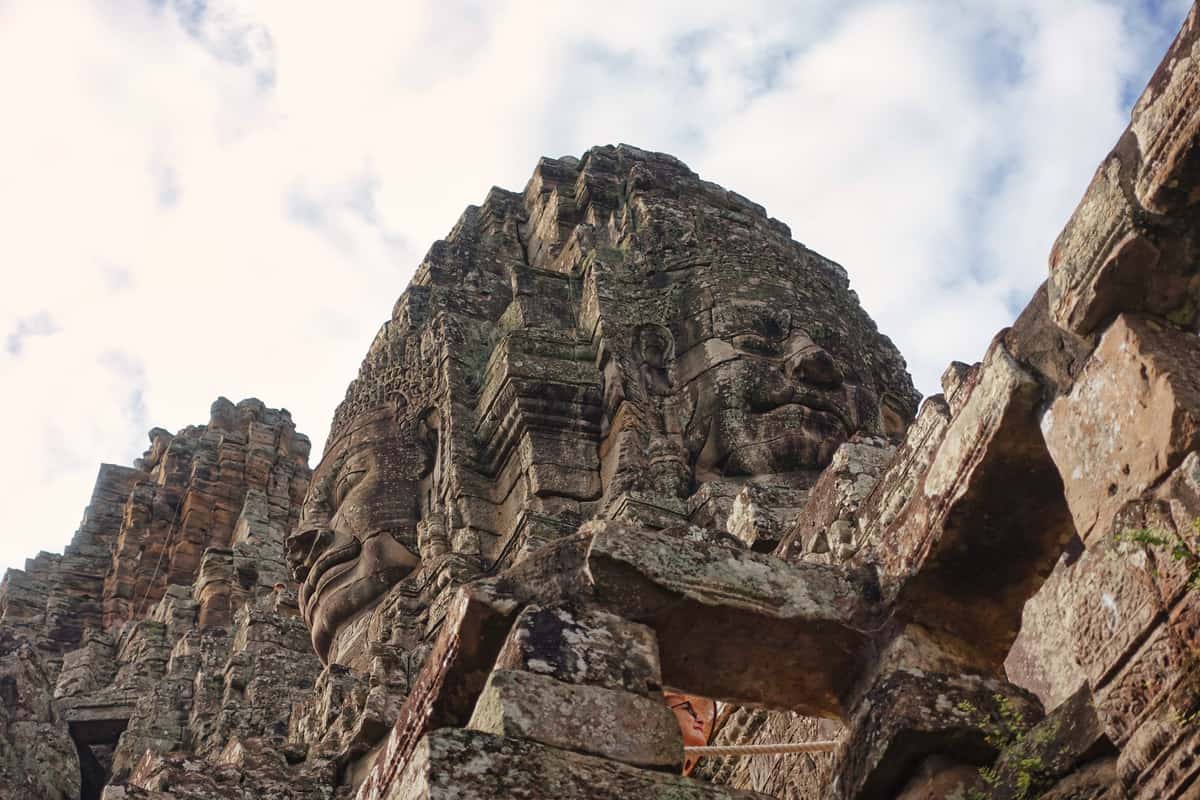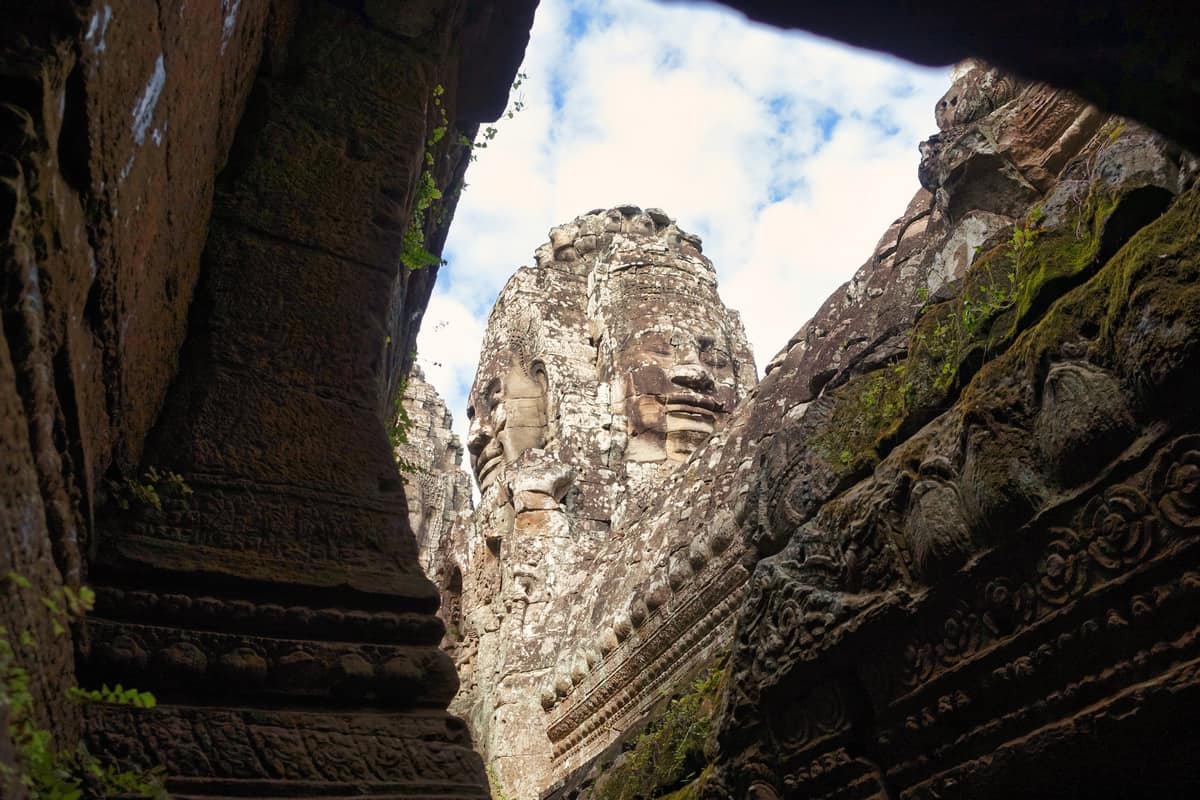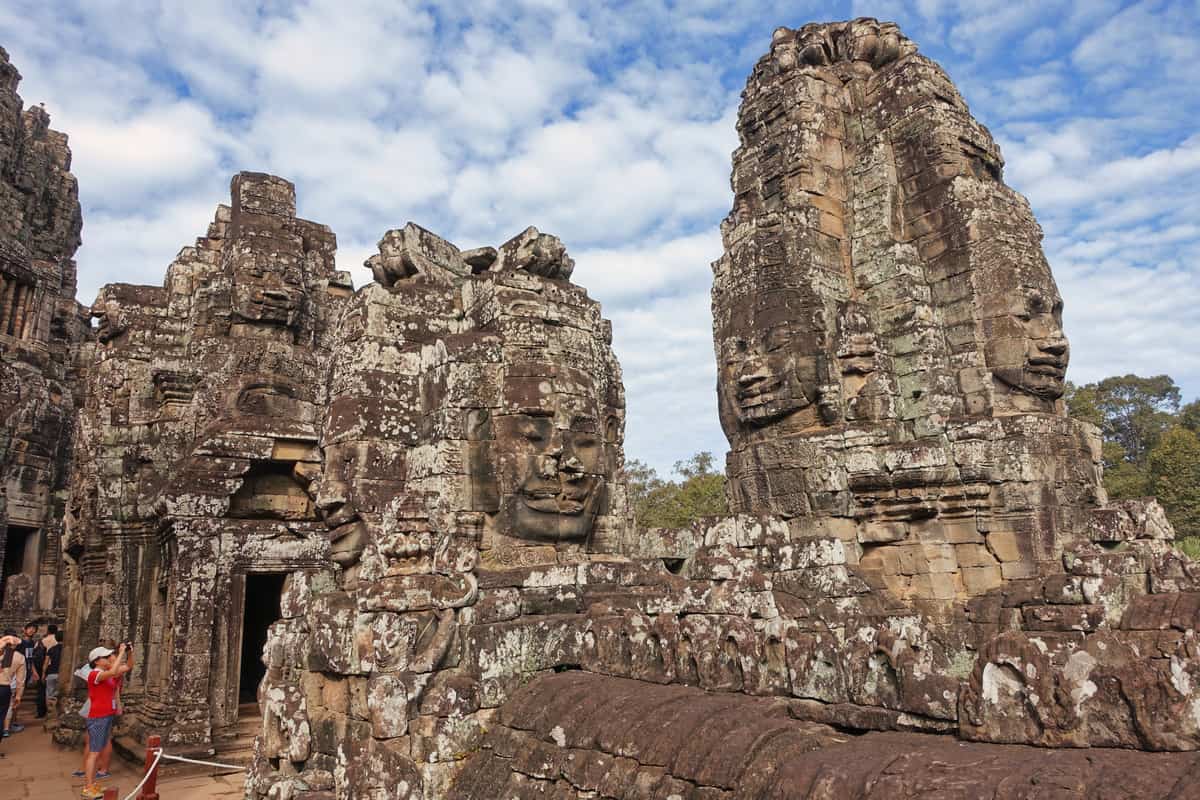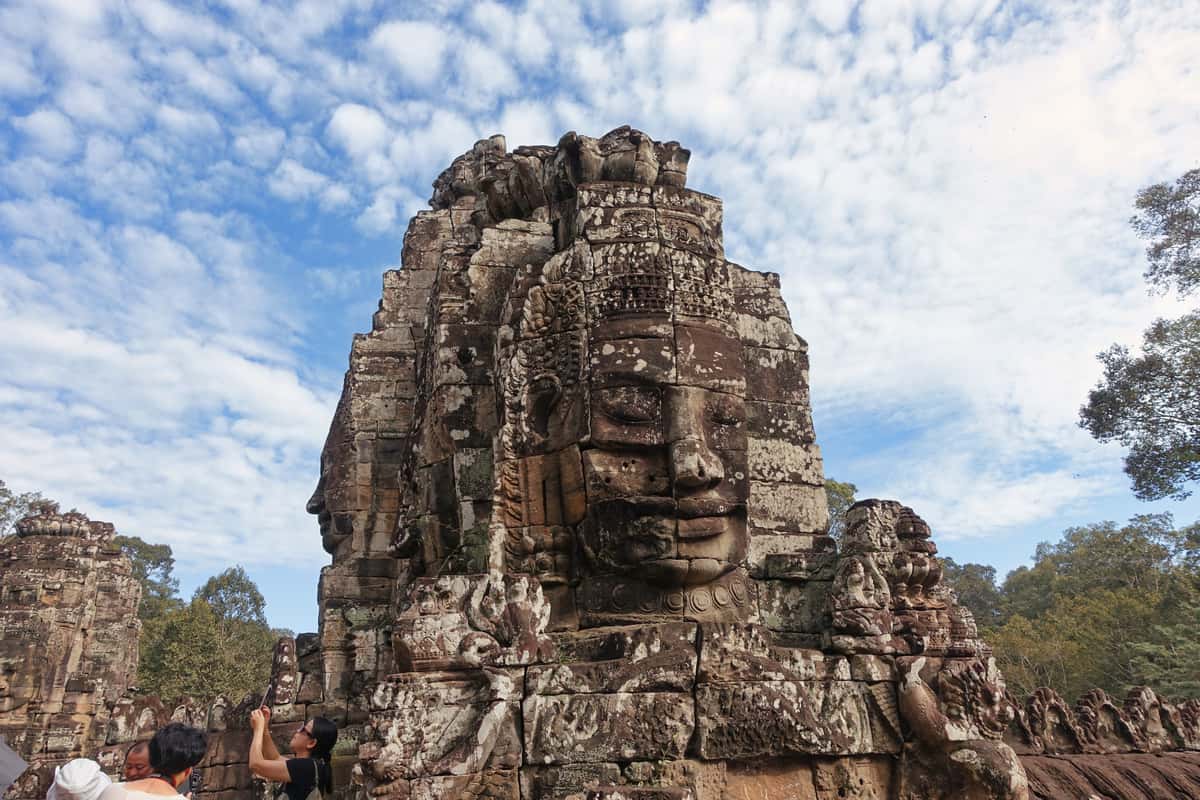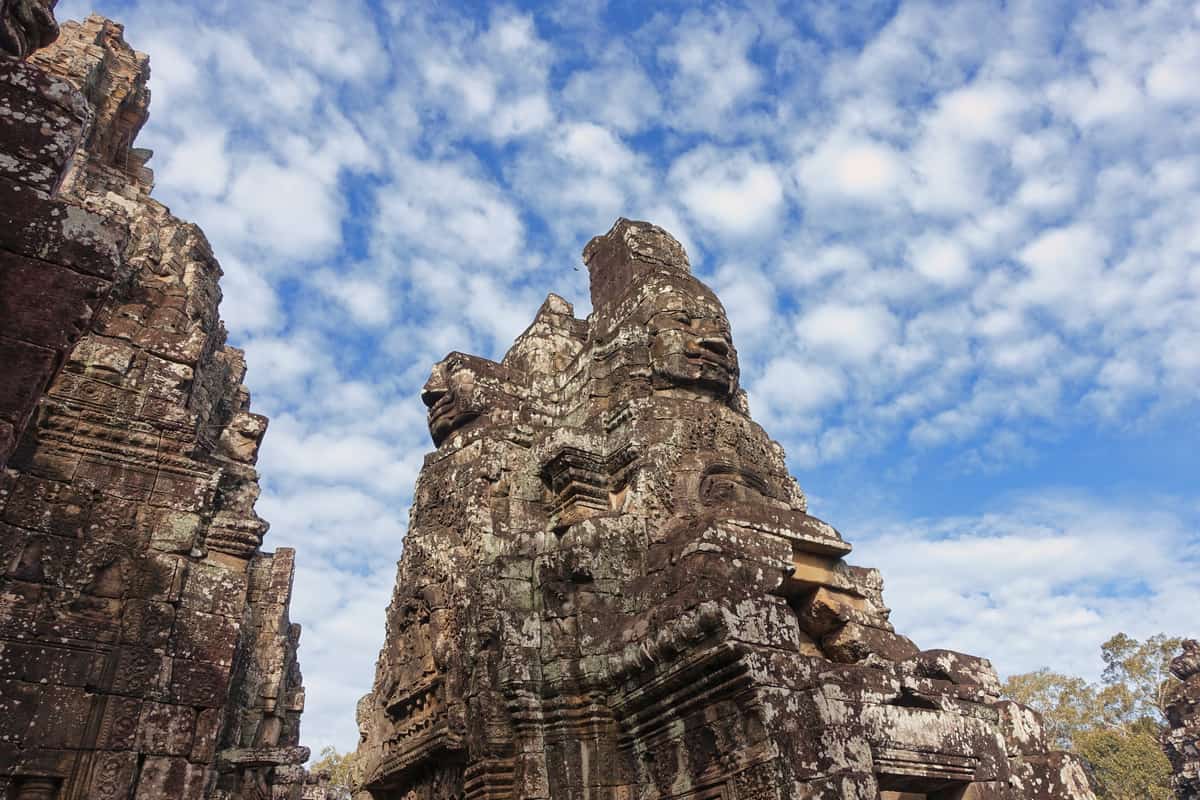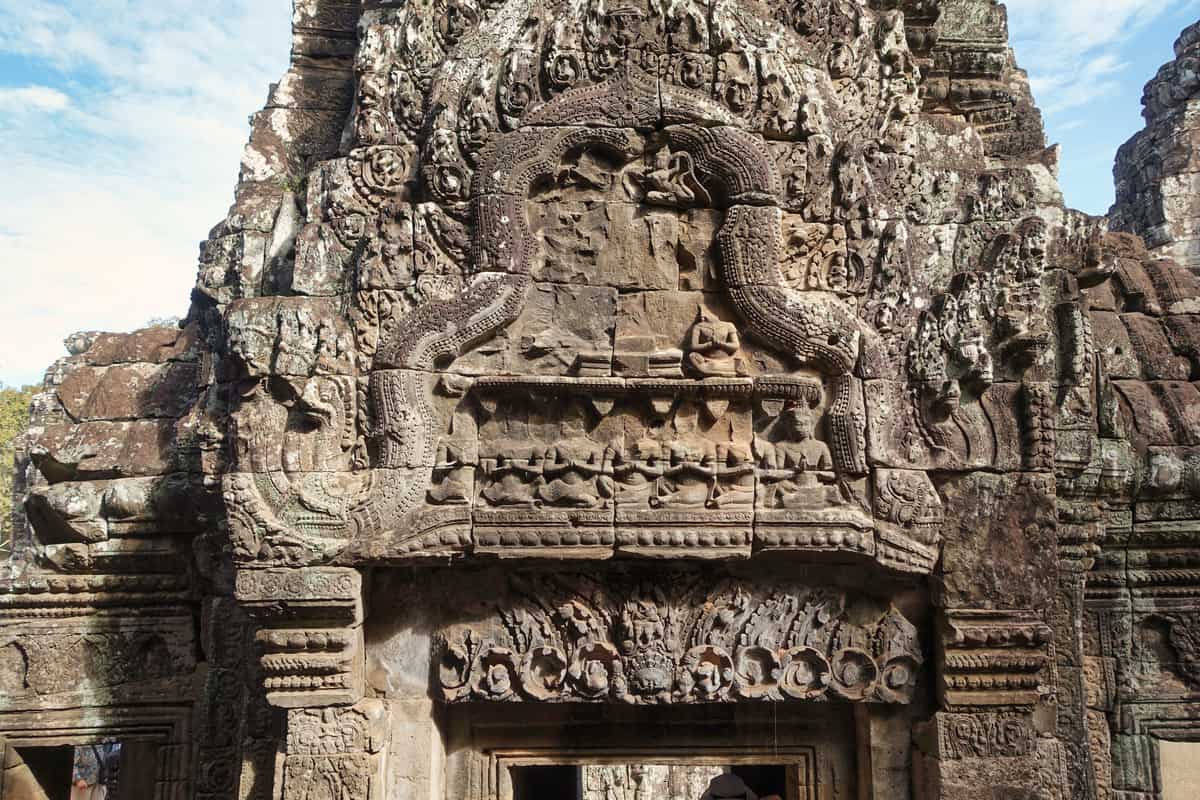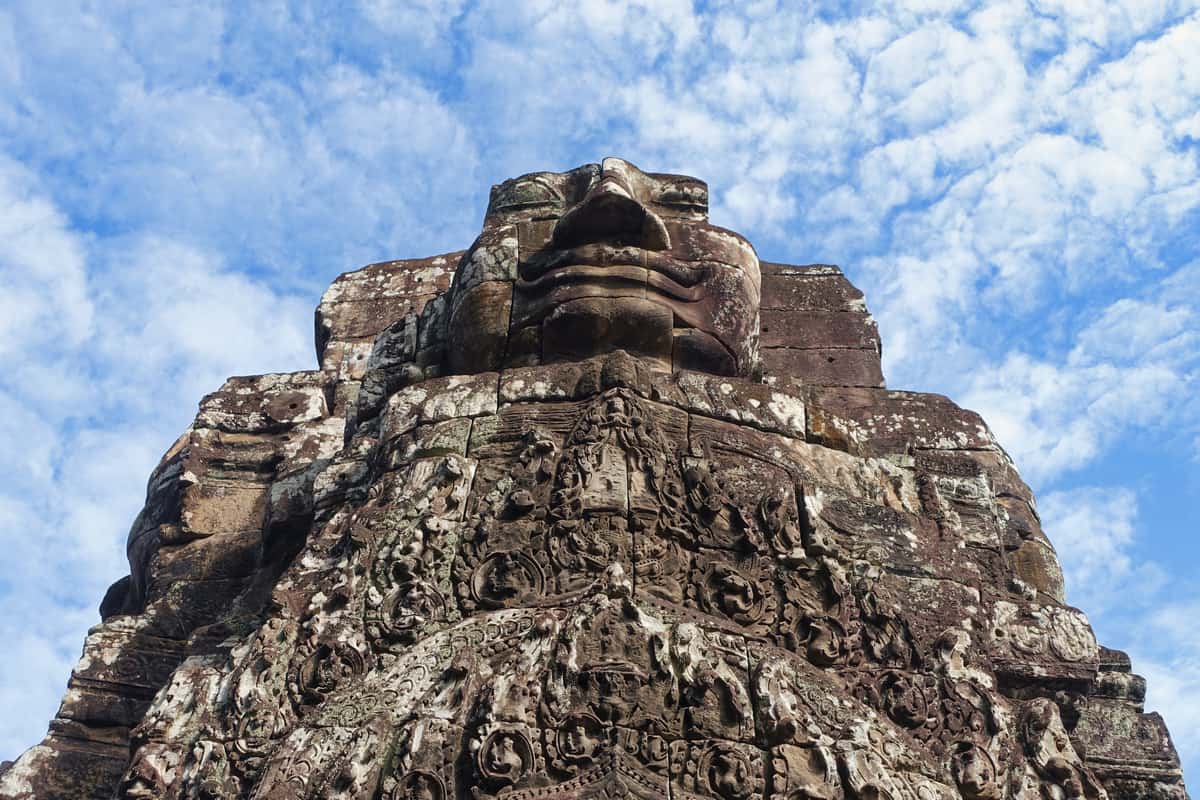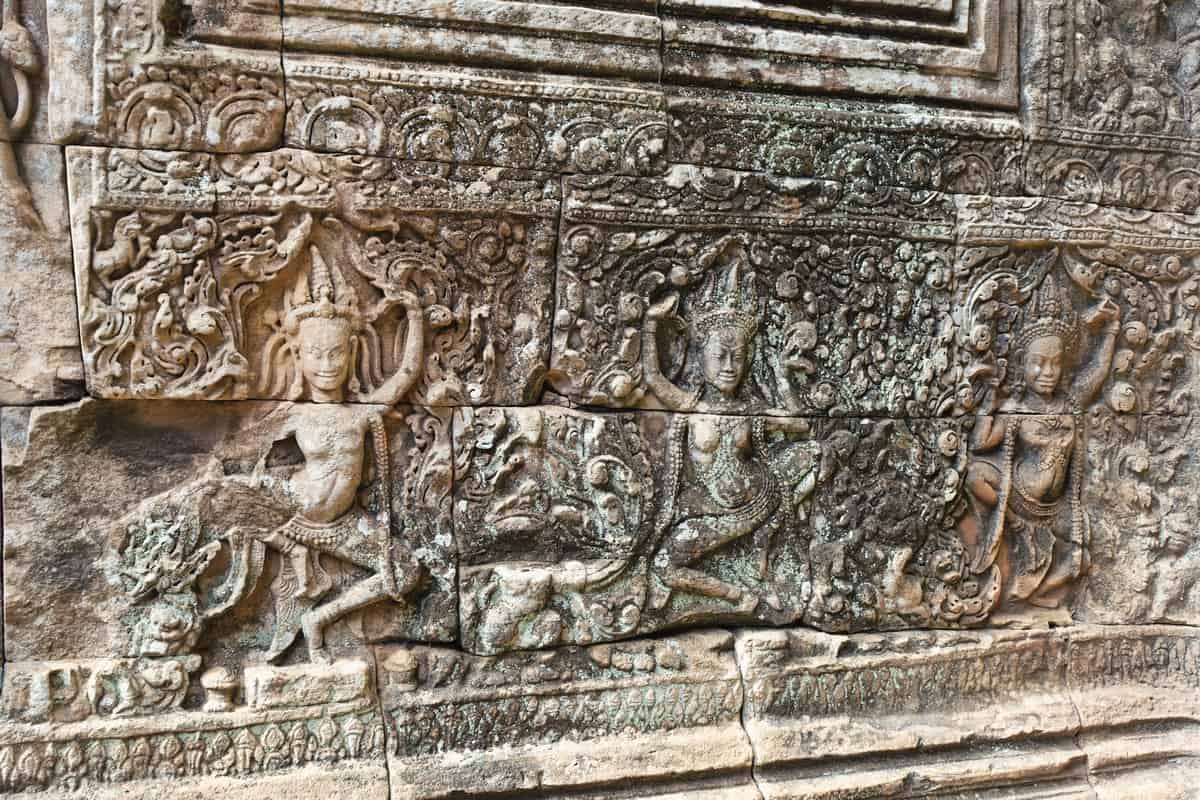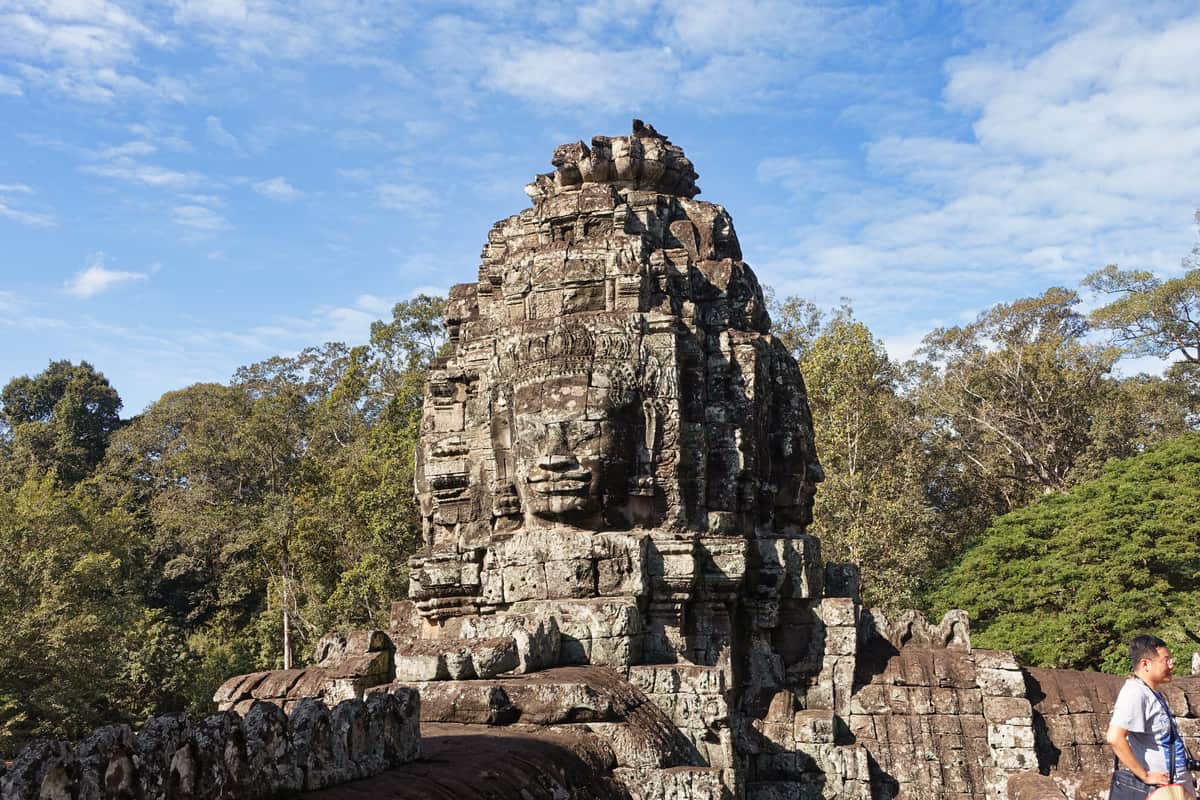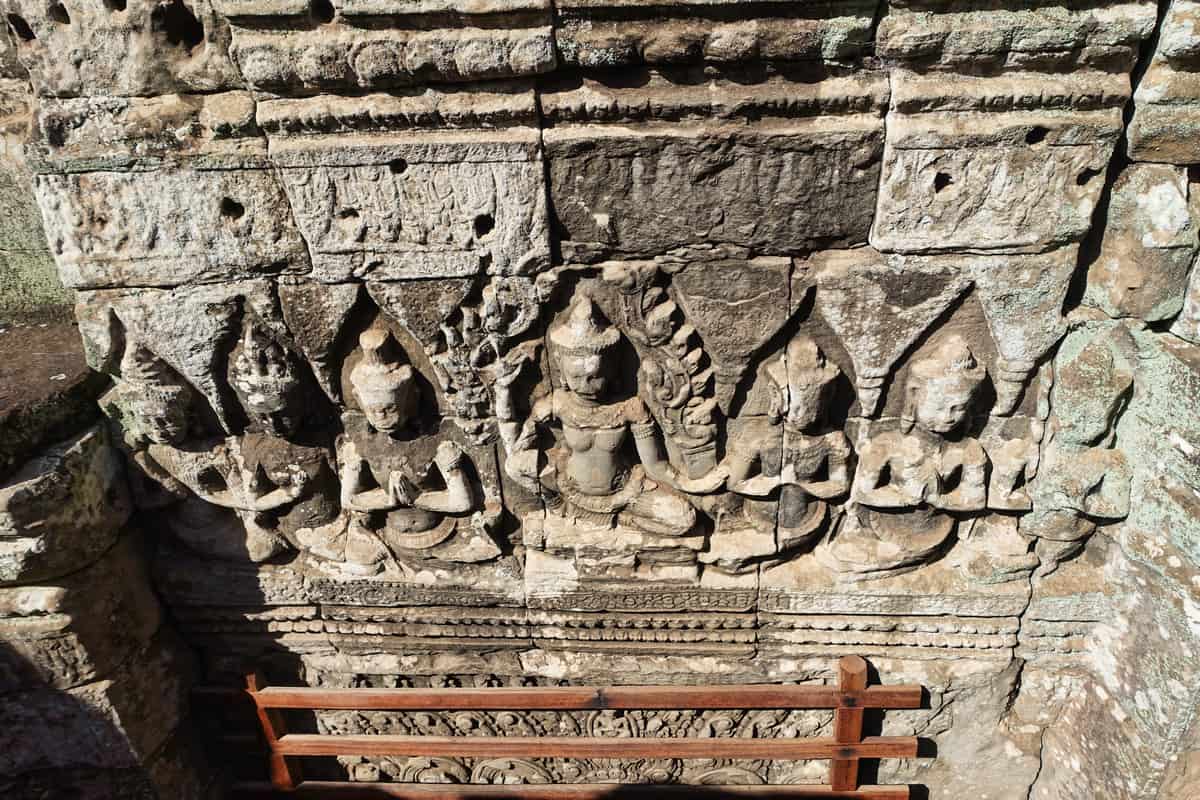Southeast Asia Tour 2015
Siem Reap | Cambodia
25 Nov 2015 | Wed
Day 07 of 46
Bayon Angkor
The Bayon Angkor is a 12th century archaeological site located in Cambodia. It is known for its many stone carvings and intricate architecture. This magnificent structure stands as a testament to the power of the Khmer Empire, once the most powerful in Southeast Asia.
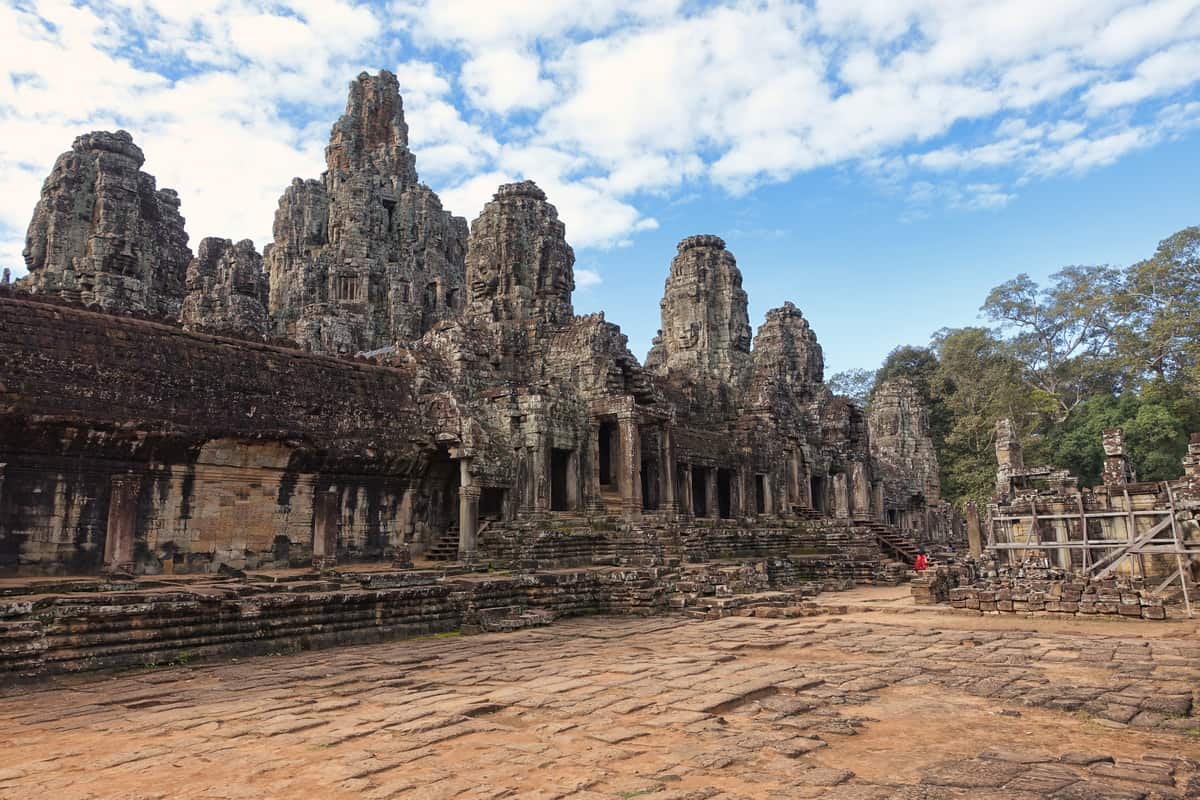
Built by King Jayavarman VII, the Bayon Angkor was constructed atop an existing temple from the ninth century. The temple’s walls are decorated with over 200 unique faces carved into them, believed to represent either King Jayavarman VII himself or Avalokiteshvara, a celestial bodhisattva. In addition to this impressive feature, there are also large towers filled with bas-reliefs depicting scenes from daily life during that time period.
